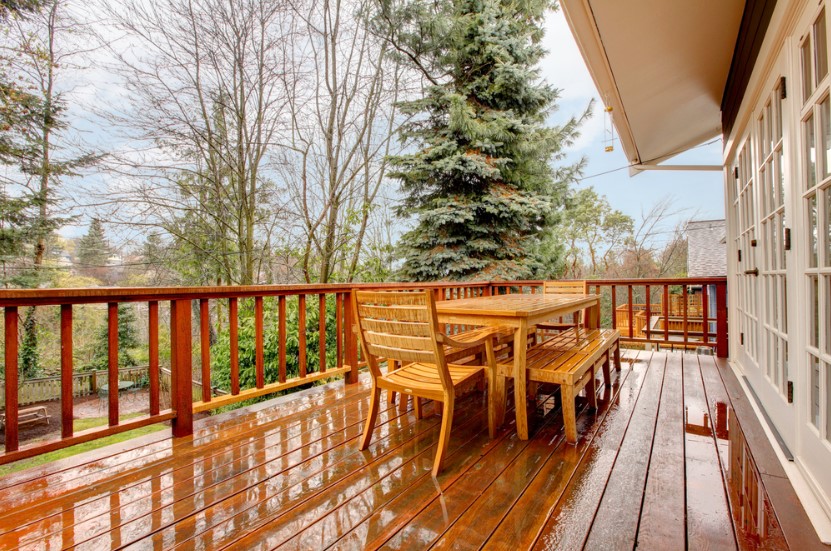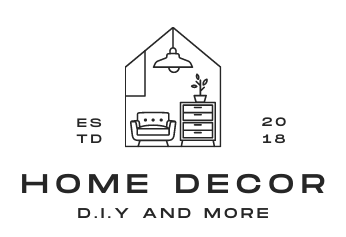
If you’ve been researching the pros and cons of different outdoor decking materials, you probably know that untreated wooden decks are extremely popular. The challenge with these natural wood decks is that they require a lot of maintenance. Unless you have the time, energy, and financial resources to maintain an uncovered wood deck on a regular basis, it’s best to avoid this material. Here’s why.
UV rays damage wood decking over time
Untreated wooden decks will deteriorate and crack over time as they are exposed to ultraviolet rays, or UV. These are the same UV rays that come from the sun and cause sunburn, but they’re also present on cloudy days, even when the sun is not visible. Wood naturally absorbs UV rays with exposure, which leads to fading and warping of the decking material over time. Wood’s natural protection against UV rays is called the “endgrain,” or the direction in which the grain of the wood runs. On the decking surface, the endgrain is facing outwards, which means it doesn’t offer much protection against UV rays. With time, the unprotected wood will fade and crack. This can lead to significant damage to your deck that you’ll have to pay to repair or replace.
Wood is a natural product, which means it’s vulnerable to warping and rotting
Untreated wooden decks are susceptible to warping and rotting, which means they’re best used in covered outdoor settings. Warping is the result of a moisture issue. If you have water collecting on your deck boards, or if your deck is not properly sealed, the wood will warp.
The most common type of deck warping is cupping, which occurs when boards bend upwards or downwards. Cupping is a common issue with untreated decks. Rotten wooden boards are a sign of a deeper problem. You’ll notice that the boards are soft and spongy to the touch. Rotted boards will also emit a foul odour. Another sign of a rotting deck is a black mouldy substance growing on the boards. This can spread to the surrounding ground, so it’s important to inspect your deck regularly to identify and treat any rotting issues before they become a problem.
Wooden Decks Require Constant Maintenance
Since untreated wooden decks are not protected by a sealant, you’ll need to regularly clean them to prevent warping and rotting. You’ll also need to seal the deck every two to three years to protect it from UV rays. Depending on the climate where you live, you may have to clean and re-seal your deck more often. The good news is that cleaning a wooden deck is not difficult. The best way to keep your deck clean is to sweep it frequently, using a broom with stiff bristles to remove dirt and grit. You should also use a stiff-bristled brush to remove any stubborn dirt or debris. Cleaning your deck will not only help to prevent dirt and grime from staining the deck, but also discourage pests. You should also use a garden hose with a nozzle to wash away any debris, as long as you don’t leave the water sitting on the deck for too long.
Additional Costs Associated with Wooden Decks
One of the major drawbacks of an untreated wooden deck is that they require more ongoing maintenance than other materials. You’ll need to clean and treat the deck regularly, and you’ll need to seal it every few years. You may also need to re-stain your deck every three to five years, depending on the type of stain you choose. Maintenance products for wooden decks are relatively inexpensive, but it’s important to budget for these expenses. Another cost associated with wooden decks is hiring a professional to perform repairs. If you don’t clean, seal, and maintain your deck regularly, the wood can sustain significant damage. If you notice boards warping, rotting, or cupping, you’ll need to take action before the damage gets too bad. Otherwise, you risk needing to have the deck replaced.
The weight of people, furniture and other items is too much for unsupported wooden decks
Untreated wooden decks are not designed to support a lot of weight. While deck designers aim to support the weight of a single person, wooden decks can’t support the weight of multiple people or heavy furniture like patio sets and lawn furniture. If you regularly have a lot of people on your deck, you should consider hiring a professional to install a supported deck. If you have children and pets, you should also consider installing a supported deck so that your children and pets don’t fall through the boards. If your deck doesn’t have support beams, it’s best to avoid hosting large parties or barbecues.
Summing Up
If you have the time, energy, and financial resources to clean, seal, and maintain a wooden deck on a regular basis, this may be a cost-effective outdoor decking material. However, if you don’t have the time to clean and maintain a wooden deck and don’t have the financial resources to hire someone to clean and maintain your deck, you should consider a different decking material. Untreated wooden decks can last a very long time if they are properly maintained, but they are not suitable for all outdoor settings. If you regularly have a lot of people on your deck and/or if you have small children and/or pets, you should consider a different decking material.
What’s the alternative?
At Deckorum, we specialise in composite decking for a reason. Composite decking is made from wood fibres, HDPE also known as high density polyethylene plastics and bonding agents. Homeowners are now considering composite decking over wood because it still has the wooden appearance and saves you more time due to low maintenance.
